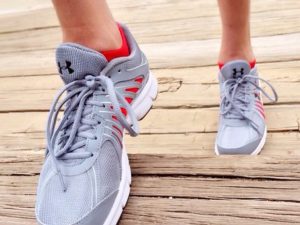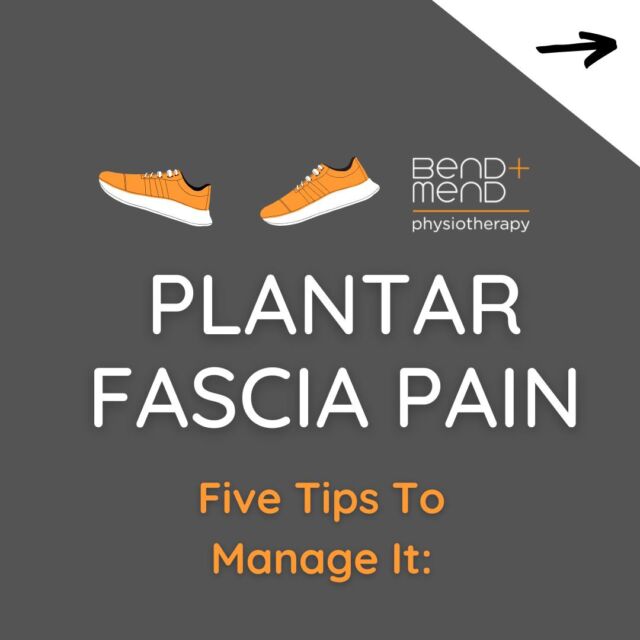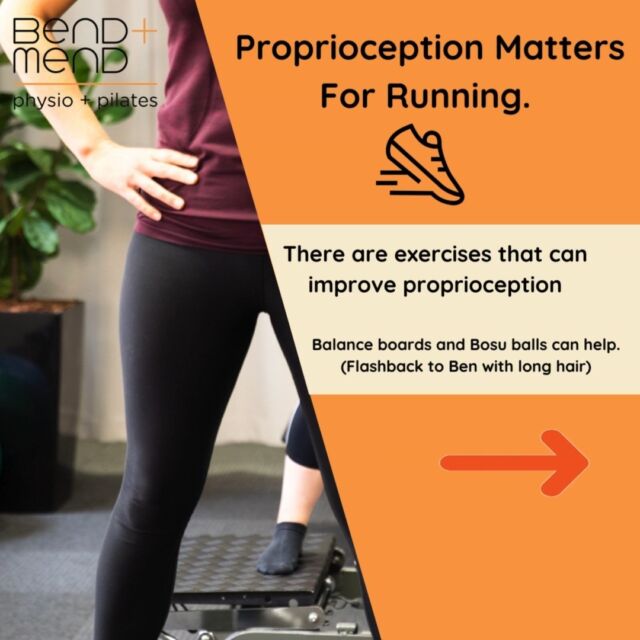 Altering your running technique may help to treat running injuries by reducing load in certain muscle groups and joints. Despite the limited amount of quality research, a recent mixed-methods study reviewing the literature has provided some clearer evidence on the effect of running retraining for common running injuries, including:
Altering your running technique may help to treat running injuries by reducing load in certain muscle groups and joints. Despite the limited amount of quality research, a recent mixed-methods study reviewing the literature has provided some clearer evidence on the effect of running retraining for common running injuries, including:
Foot & Lower Leg Pathologies
- Anterior exertional lower leg pain
- Plantar fasciopathy (plantar fasciitis)
- Achilles tendinopathy
- Calf pain
- Medial tibial stress syndrome (shin splints)
Knee & Hip Pathologies
- Patellofemoral pain
- Iliotibial band syndrome
- Patellar tendinopathy
- Hamstring injury, including proximal tendinopathy and gluteal tendinopathy
In this blog, we will briefly examine a couple of lower limb pathologies that have been proven to benefit from running retraining; anterior exertional lower leg pain and patellofemoral pain (PFP). Despite a paucity of evidence for the use of running retraining in those with the other lower limb pathologies, there is substantial evidence showing the biomechanical effects of running retraining in the uninjured population. This information can be adapted to assist us in the clinic when assessing and managing someone with running related pain. This will be discussed in part two and three of this three part blog series.
Anterior exertional lower leg pain (pain at the front of your lower leg)
Four studies investigating the clinical outcomes related to transitioning from rearfoot strike (RFS) to midfoot strike (MFS) or forefoot strike (FFS) and increased step rate have shown a reduction in pain and compartmental pressures in patients with running related anterior exertional lower leg pain.
Think about it – once you start getting the calf working with a MFS or FFS, you will absorb load better and most importantly, biomechanical analysis has proven that you will reduce the load transferred through the front of your lower leg. If you are someone who overstrides and runs at a slower step rate (i.e. below 160 steps per minute), increasing your step rate to eliminate this overstride will automatically facilitate the transition towards a MFS or FFS and reduce the stress placed through the front of your leg.
Patellofemoral (anterior knee) pain – PFP
For runners with excessive hip adduction and PFP, reducing the amount of hip adduction under guidance from your physiotherapist (i.e. reducing the amount that your knee falls inward on ground impact), has shown to reduce PFP. It doesn’t seem like rocket science that re-aligning the lower limb will reduce PFP, however the fact that recent evidence has supported the notion that a reduction in PFP can be achieved via running retraining alone (without the need for specific lower limb strengthening or other rehabilitation) is encouraging.
Reducing overstride by increasing your step rate has also been supported by strong biomechanical evidence in the treatment of PFP whilst other recommended running retraining interventions include a forward trunk lean and reduced ground impact i.e. avoiding heavy foot contact with the ground. Transitioning from a RFS to a MFS or FFS was not suggested to be effective in reducing PFP, despite some evidence indicating reduced joint stress with a FFS compared to a RFS.
In part two of this blog series, we will cover running retraining strategies for the remaining foot and lower leg pathologies, and part three will include strategies for the remaining knee and hip pathologies.
If you suffer running related pain, book a Running Assessment at our Bend + Mend | Barangaroo – King Street Wharf clinic, with one of our resident running experts, Blake or Ben, and get your pain sorted for the upcoming running season.
Reference







